If you want to keep your home’s exterior in great shape and avoid the headache of wood rot and prevent dry rot, it’s all about good practices and regular maintenance. Here’s a guide on how to paint and care for your wood surfaces to keep them dry and protected from moisture.
Ideally, Start Right in the First Place
Choosing The Right Wood:
If you’re building, remodeling, or repairing, go for wood types that naturally resist rot, like cedar, redwood, or pressure-treated lumber. These woods are less likely to soak up moisture and rot away.
Proper Installation Techniques:
- Flashing and Gutters: Install flashing and gutters to guide water away from your wood surfaces. This helps prevent water from pooling and causing rot.
- Slope Away from Wood: Make sure there’s a slope away from your wood structures to keep water from standing around. This is crucial for places like decks and porches.
- Ventilation: Keep the wood ventilated so it can dry out properly. Deck boards should have at least 1⁄8” spacing, ideally ¼”, to help water drain and reduce debris buildup.
- Elevating Wood: Keep wood at least 6 inches off the ground to avoid moisture from the soil. Use concrete or pressure-treated wood if the wood has to touch the ground.
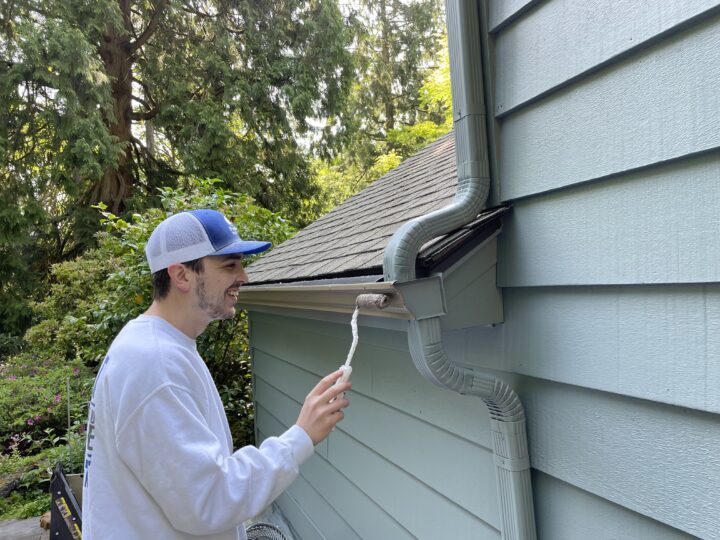
Annual Inspections
Regular Walkthroughs:
Take a look around your home’s exterior, decks, and fences every spring.
Here’s a checklist of what to look out for:
- Lifting or peeling paint
- Faded or chalky paint
- Bad caulking.
- Check areas where water might sit, including:
- Wood window sills
- Trim around windows and doors
- Siding joints
- Fascia
- Handrails
- Deck boards
Regular Maintenance:
- Keep your coatings and sealants in good shape with regular painting or staining. This helps create a barrier against moisture.
- Fix any damage right away to stop it from spreading. Repair roof leaks, plumbing leaks, or any other sources of water intrusion ASAP.
- Clean your gutters and downspouts regularly to prevent water from overflowing and soaking your wood surfaces.
Managing Moisture
Crawl Space Moisture Control:
- Make sure your crawl space has proper ventilation so moisture can evaporate.
- Use vapor barriers to stop ground moisture from seeping up.
- Set up good drainage systems and use dehumidifiers to control humidity levels.
- Inspect regularly to catch and fix moisture problems early.
Roof Ventilation:
- Good roof ventilation controls moisture and keeps airflow in the attic and roof spaces. This cuts down humidity and stops condensation on wood surfaces.
- Check that your roof ventilation systems, like ridge vents, soffit vents, and attic fans, are installed right and maintained regularly.
Landscape Maintenance:
- Make sure water drains properly to avoid pooling around the foundation.
- Trim plants and trees to keep them away from your home’s exterior.
- Don’t pile mulch right against wooden structures, and adjust sprinklers to avoid spraying wood surfaces.
- Clean up leaves and debris that gathers next to vents to keep airflow around the home.
Sealing, Painting, and Staining to Prevent Wood Rot
Application Techniques:
- Use high-quality stain, primer, and paint on all exposed wood surfaces to create a protective barrier against moisture.
- Seal cuts, joints, and end grains, and even the back sides of boards where water can get in and cause damage.
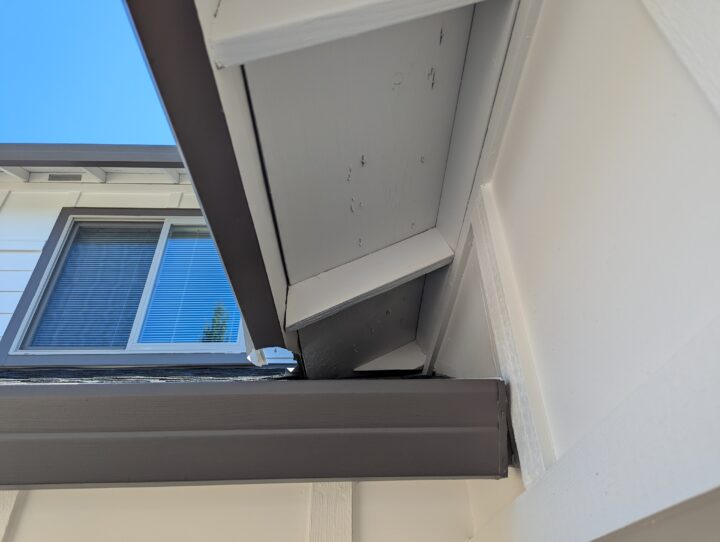
Caulking:
- Caulking is a must for protecting exterior wood. It seals gaps and cracks around windows, doors, siding, and other joints to keep water out.
- Caulking also blocks moisture pathways that can lead to wood saturation and accommodates wood expansion and contraction to prevent gaps from forming.
- Focus on caulking windows, doors, siding joints, eaves, trim, and utility penetrations (pipes, cables, etc.). Use high-quality, exterior-grade, flexible, and paintable caulk for the best results.
Steps for Painting to Prevent Dry Rot
1. Surface Preparation:
- Clean the surface well to get rid of dirt, mildew, and old paint. Use a mild detergent and a scrub brush, then rinse with clean water.
- Sand the surface to make it smooth for the primer and paint. Remove any loose or flaking paint.
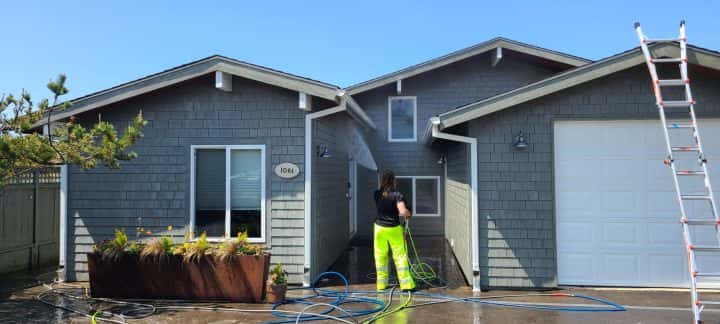
2. Priming:
- Apply a high-quality primer to all exposed wood surfaces. Priming seals the wood and makes a good base for the paint.
- Pick a primer that fits the type of wood and the conditions it will face.
3. Painting:
- Use high-quality exterior paint designed to withstand the elements. Apply at least two coats for the best protection.
- Paint in the right weather conditions. Avoid extreme temperatures or high humidity. The ideal temperature for painting is between 50°F and 85°F.
4. Staining:
- For decks, fences, and other exterior wood structures, use a stain. Never use paint. Stains penetrate the wood and protect it from moisture.
- Apply stain in thin, even coats, and let each coat dry completely before adding the next.
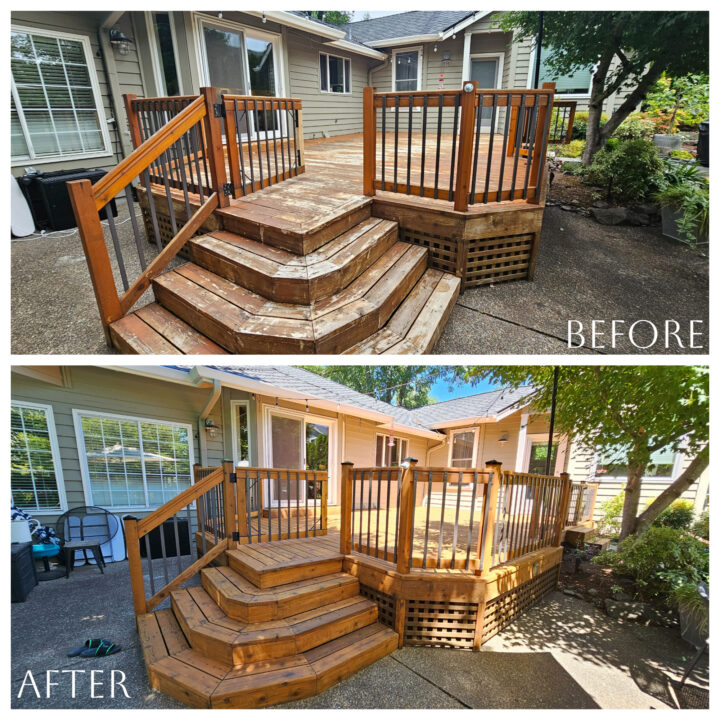
5. Regular Maintenance:
- Reapply paint or stain as needed to keep the protective barrier intact. How often you need to do this depends on the type of wood and the environmental conditions.
- Inspect painted or stained surfaces regularly and touch up any areas where the finish has worn away or been damaged.
If you’ve spotted the signs of rot setting in or just need a refreshing new look for the exterior of your home, get a free estimate from the experts at Pearl Painters.


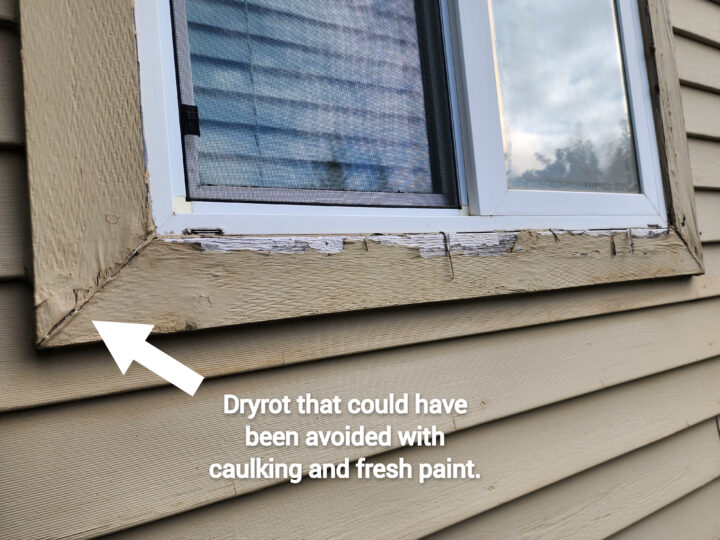
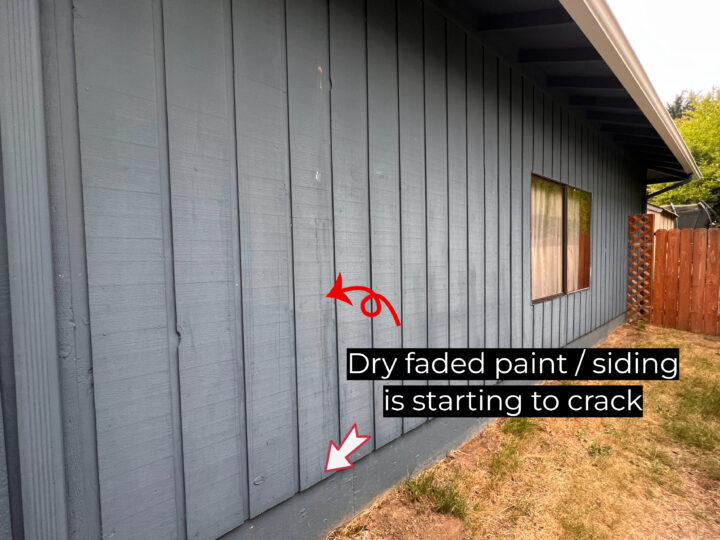
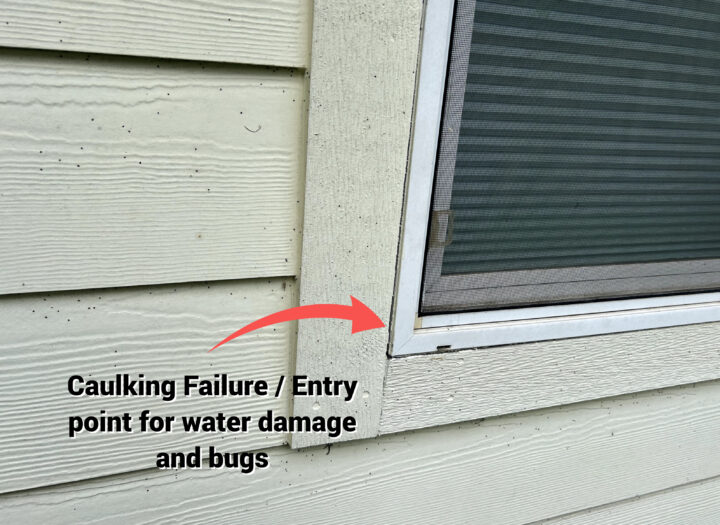
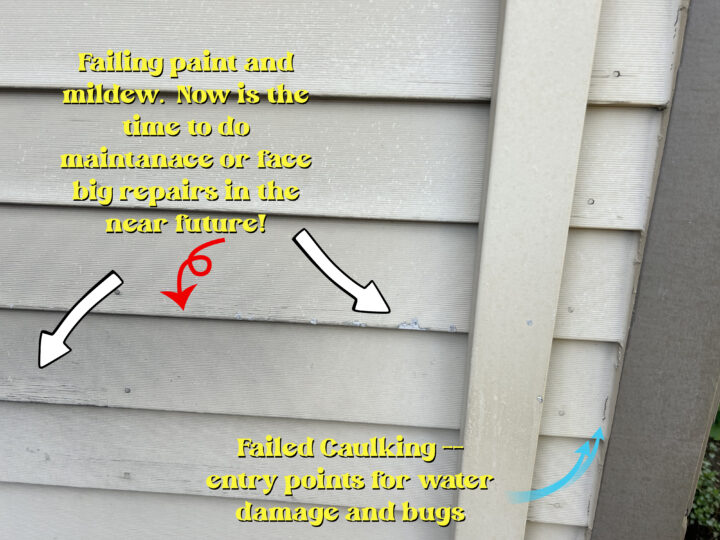
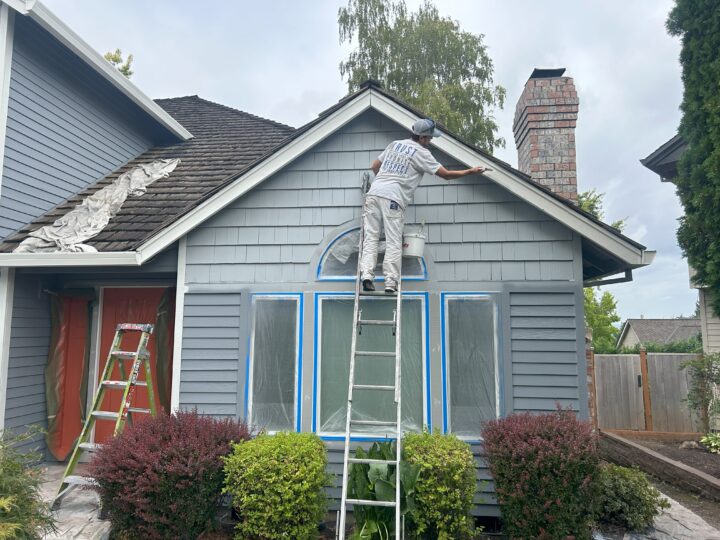
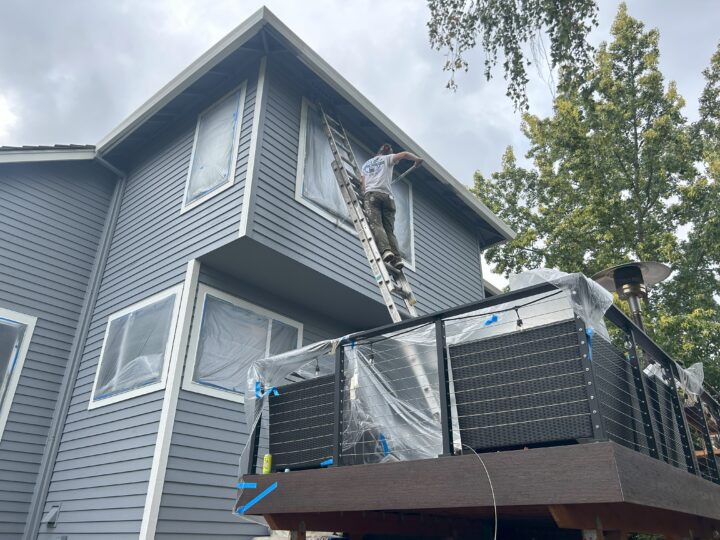
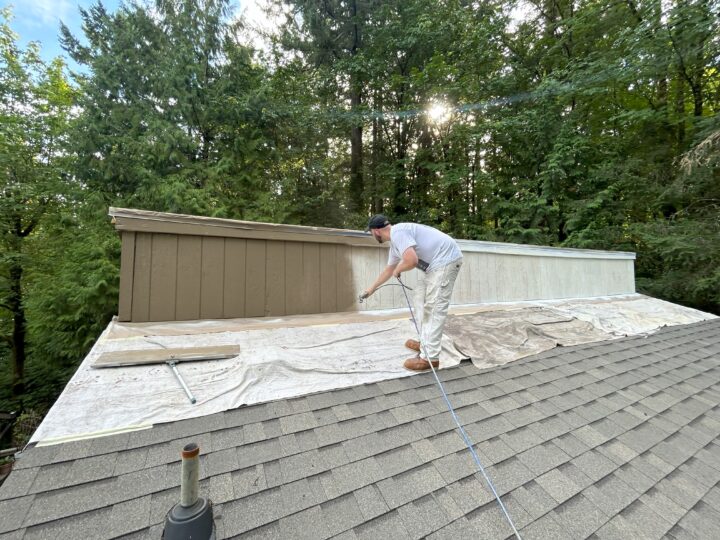
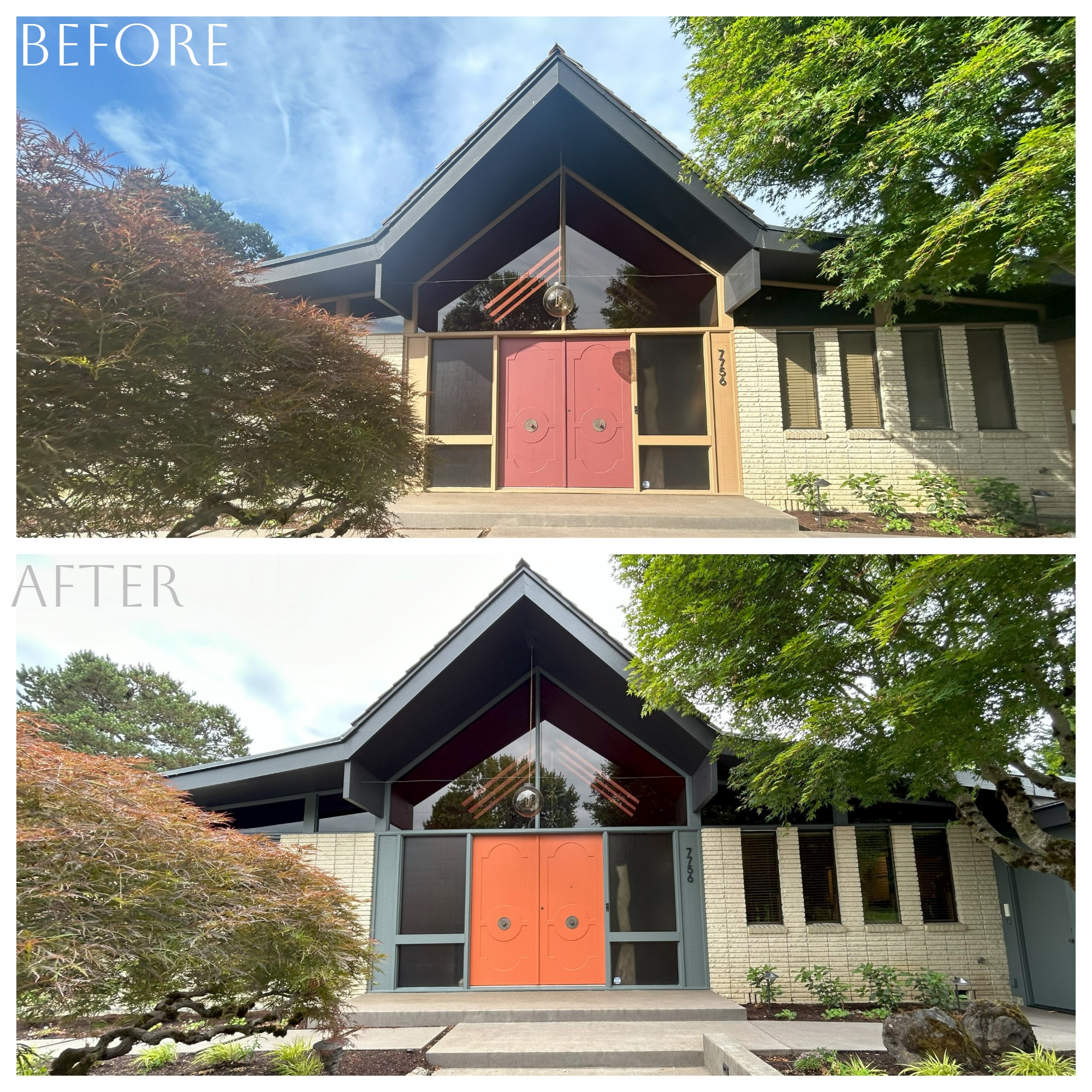






One Response
Thanks for the detailed walk-through. We’ve always used pressure-treated lumber with great results. I’d recommend it to anyone and have sent people to our local Williams store to get it for their projects.